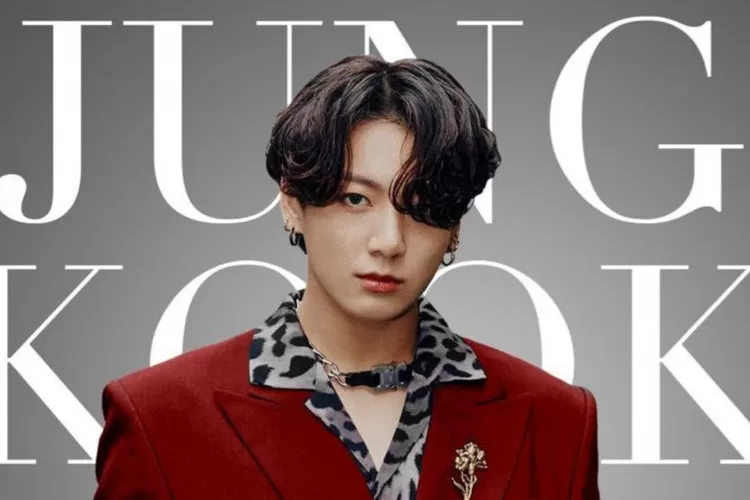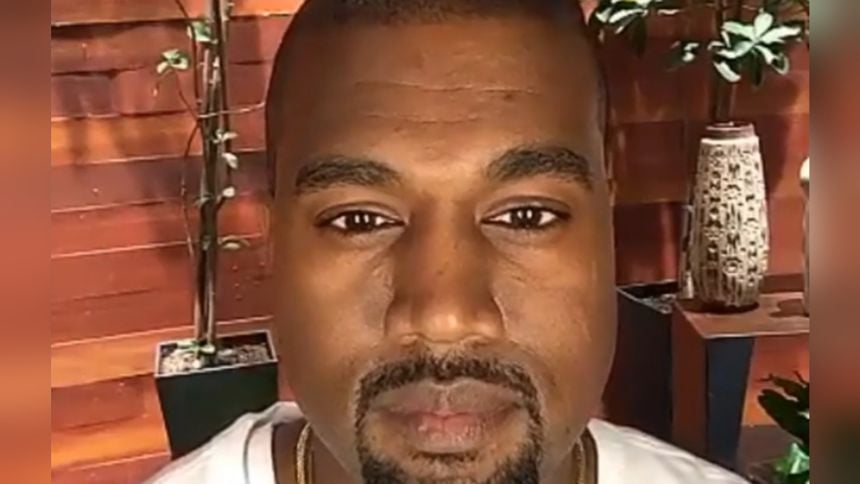Description
Justin Bieber's voice at the 2012 Zócalo concert was the sound of a superstar in a crucial, audible transition. Performing for a reported crowd of over 200,000, the then 18-year-old was no longer the boy with the high, crystal-clear soprano of his My World era. Instead, his voice was a dynamic instrument showcasing the bridge between his teen-pop origins and the more R&B-influenced, mature artist he was becoming with the Believe album. Here’s a breakdown of its key characteristics during that performance: 1. A Newly Settled Tenor: The most striking quality was its lower, more grounded pitch. His voice had dropped and settled into a light, smooth tenor. It had lost the boyish, almost fragile edge of his earlier hits and was now anchored with more weight and body. While still youthful, it carried a newfound resonance that allowed him to command the vast, open-air space of the Zócalo without sounding strained. 2. The Emergence of a Signature Rasp: This concert was a prime example of the developing texture in his voice. On more rhythm-driven tracks like "Boyfriend" and "As Long As You Love Me," a subtle, feathery rasp would emerge. It wasn't a gravelly, rock-and-roll grit, but a smooth, controlled friction that added a layer of cool confidence and a touch of swagger. This texture gave his delivery a more percussive and modern R&B feel, perfectly suiting his new musical direction. 3. Impressive Breath Control and Pop Punch: Despite the demanding choreography and the immense energy of the show, his breath control was remarkable. He was able to execute smooth, confident vocal runs and then seamlessly transition into the sharp, punchy delivery required for pop anthems. His voice cut through the deafening roar of the crowd, not just with volume, but with a clean, focused projection that ensured melodies and lyrics were heard. There was a bright, pop-centric clarity that hadn't been lost, only deepened. 4. Retained Sweetness in the Falsetto: While his primary range had lowered, his falsetto remained a powerful tool. It was sweet, effortless, and often used to add emotional lift and vulnerability to ballads or the bridges of his uptempo songs. This connection to his higher register served as a familiar comfort for longtime fans, while the strength of his main tenor voice demonstrated his growth. 5. A Voice of Raw, Live Energy: More than a studio-perfect performance, his voice at the Zócalo was alive and raw. You could hear the slight breathiness after a complex dance move or the pure joy and adrenaline in his tone as he interacted with the massive audience. This wasn't a flaw; it was the authentic sound of a young artist giving a physically and vocally demanding performance, feeding off the electric atmosphere. In summary, Justin Bieber's voice at the Zócalo was a compelling snapshot in time. It was the confident, maturing voice of a young man stepping into his own, armed with a new R&B-infused style but still possessing the pop sensibilities that made him a global phenomenon. It was clear, energetic, and textured—the perfect vocal instrument to command one of the largest and most iconic stages of his career.
Comments
Add a comment
Samples
Pitch
More to explore
Saiba Momoi (Blue Archive)
Ariana Grande AI
JENNIE of BLACKPINK [Strong Ver.]
Saiba Momoi (Blue Archive) (VA: Tokui Sora)
Hatsune Miku
SpongeBob SquarePants (Talking And Singing)
Takanashi Hoshino (from Blue Archive)
Satoru Gojo (JJK) [VA Yuichi Nakamura]
ENHYPEN Heeseung
Sunaokami Shiroko (Blue Archive)
Villager (Minecraft)
Mortis [Brawl stars]
Jungkook (BTS)
Tendou Arisu (Blue Archive)
Kanye West
Loading more


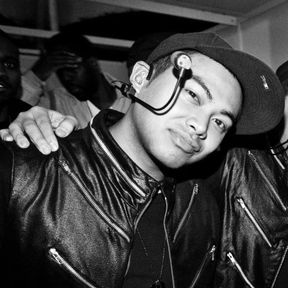
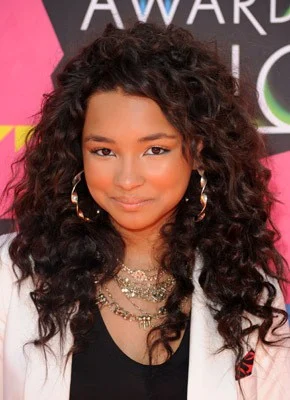
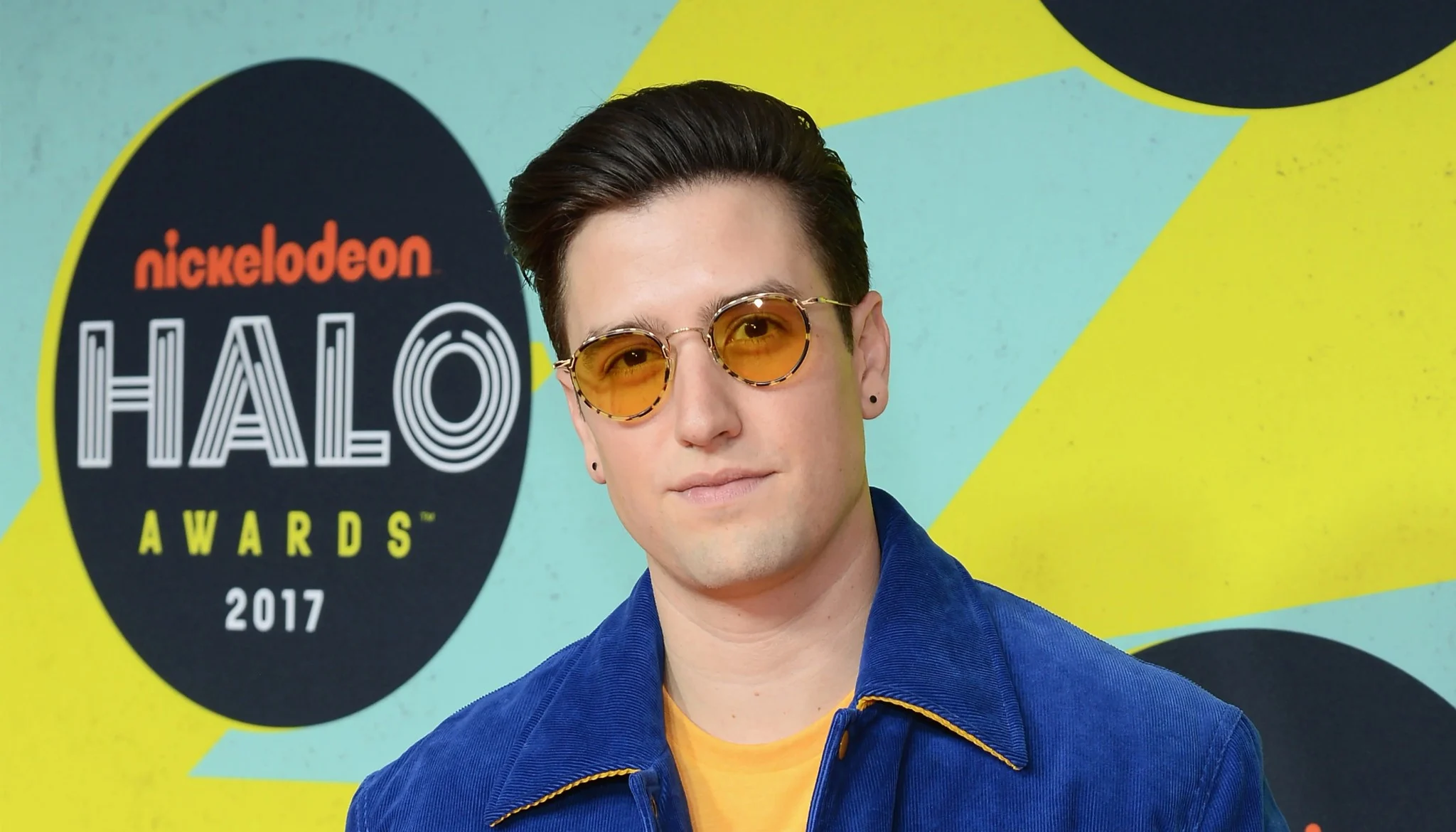
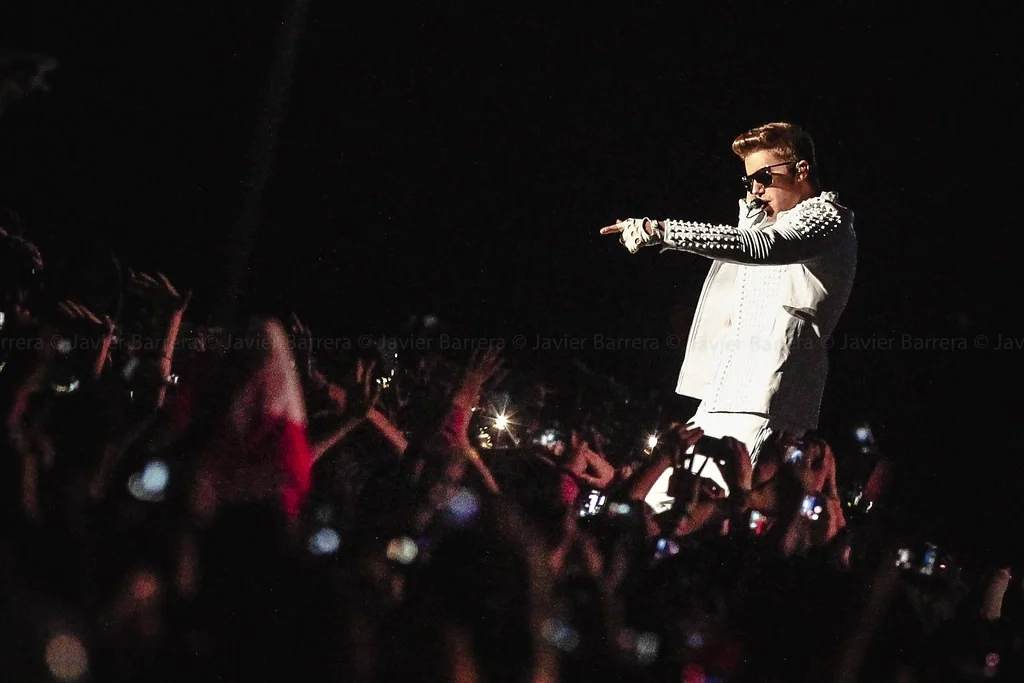


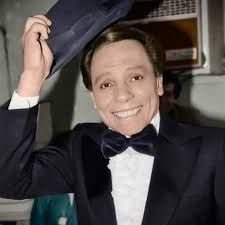



![JENNIE of BLACKPINK [Strong Ver.]](https://assets.weights.com/clm72zv8r1aoxcctc80d8914y/89c1b9dc54c55100fe44f3f5d5a5b7dc.gif)

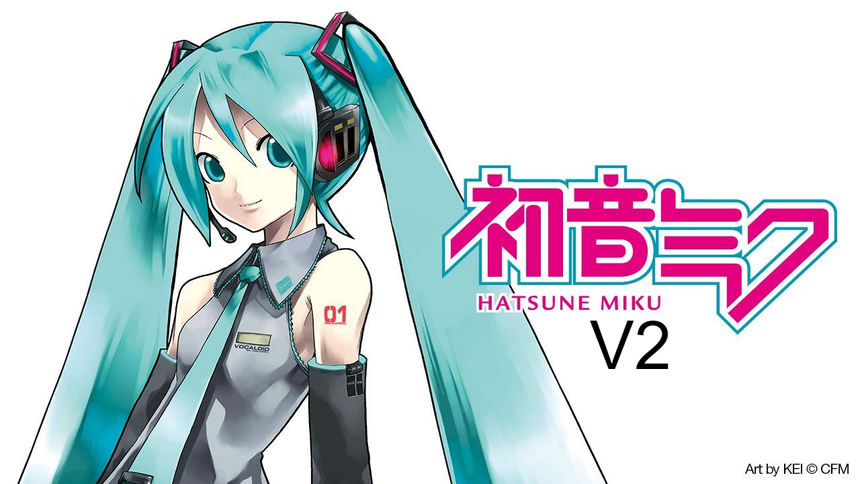
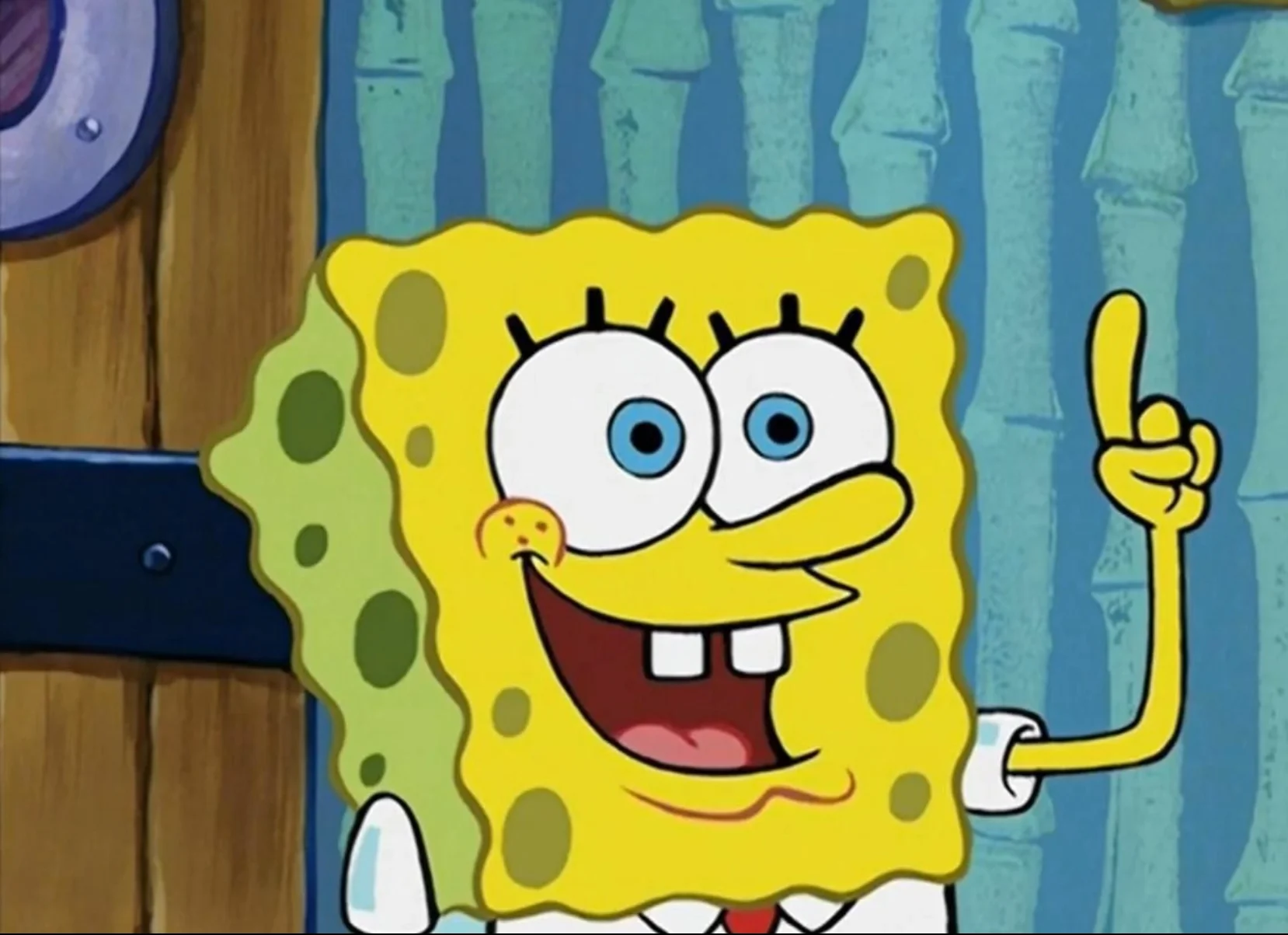

![Satoru Gojo (JJK) [VA Yuichi Nakamura]](https://img.weights.com/insecure/size:860:0/resizing_type:fill/plain/https://assets.weights.com/clm72yi4n172ncctcq4bfqcyi/9cdccf0fb5e83889b889aeeb5b10c83c.png)
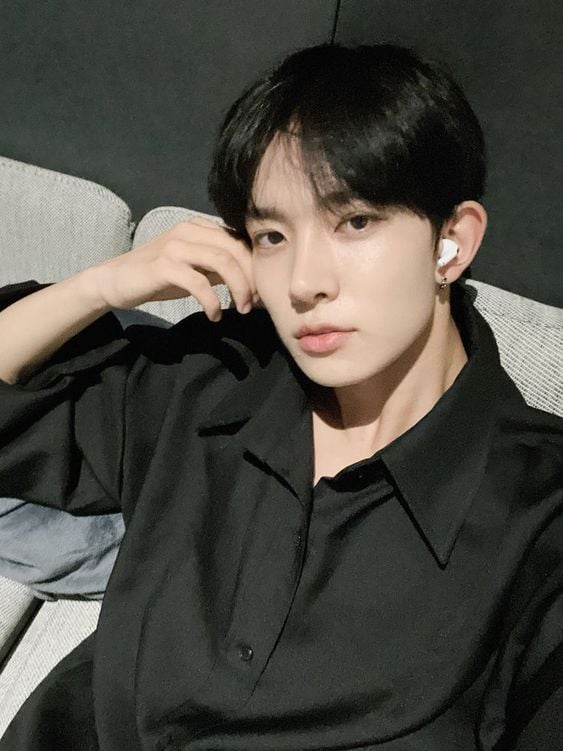

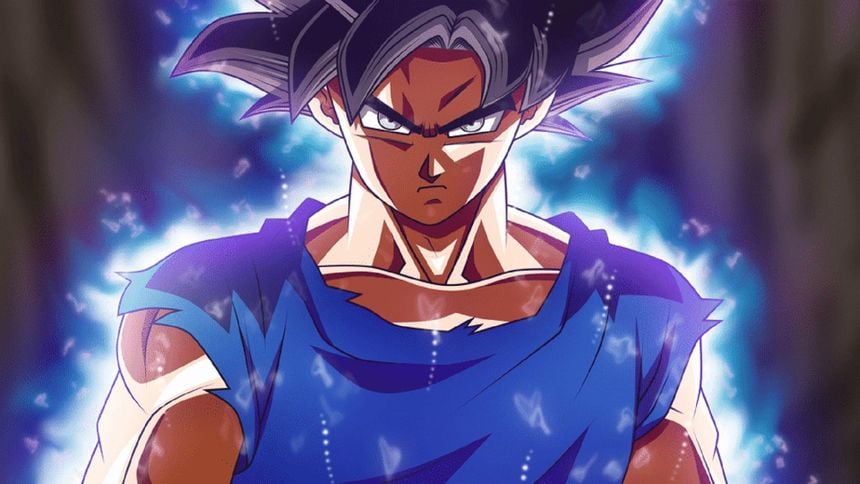

![Mortis [Brawl stars]](https://img.weights.com/insecure/size:860:0/resizing_type:fill/plain/https://assets.weights.com/clqszu22o000d2j4ewf42yf9y/15d855e24f06ef4fe4a7e02e59f8f25d.png)
